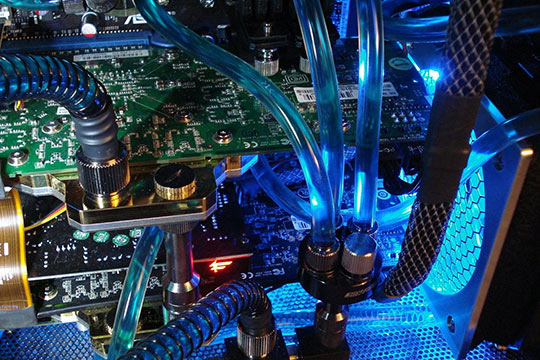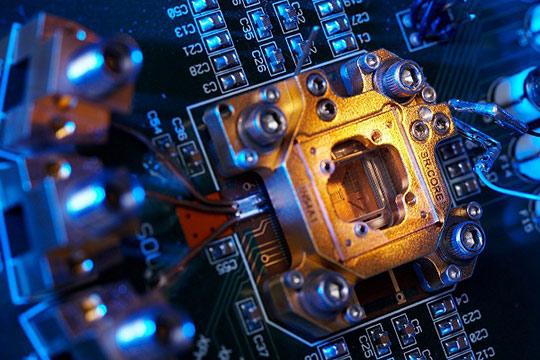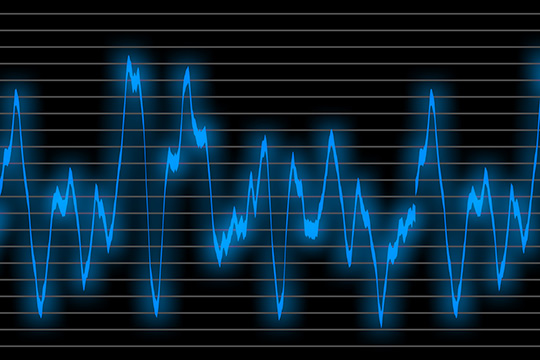TECHNOLOGY FOCUS
Measuring is simple, if you know what you are doing. Unfortunately there are phenomena that cannot be ignored.
Measuring is dependent on three different sciences; Mechanics, Signal Analysis, and Electronics. You cannot ignore any of them even though you may wish to. The combination of subjects makes measuring science often ignored or neglected among universities.
Simulation is a very good way to verify a design or structure but there are times when measurements become necessary. While controlling a process or creating a Road Course Analysis, it often includes qualified measurements.
Mechanics and thermodynamics are significant parts in measuring a parameter correctly. Therefore, it is essential to be aware of limitations due to physics and how to address these limitations. During Signal Analysis the readability of the correct signal also has limitations that need to be considered. Computers and electronic hardware should be our friends and we need to know how to cooperate with them for the most accurate results.


COURSE CONTENT
"A chain is never stronger than its weakest link". In measurement technology we talk about measuring chains normally including a transducer, an amplifier, a measuring system, cabling, and post processing. To choose a transducer type, how to attach the transducer to the object, how to attach cabling, and how to configure your measuring system are questions that this course will answer.
Measurement equipment for temperature, vibration, acoustics, pressure, flow etc. are available during the entire course and is used during lecturing.
During the course participants will also work on hands-on exercises to verify the theories we discuss in the course. Some hands-on exercises are just for learning, as measuring is, as other sciences, a lot about experience.
WHO SHOULD ATTEND
The course is intended for engineers that needs more knowledge for measure techniques for any of the following;
- Temprature
- Vibration
- Acoustic
- Pressure
- Flow
- Measurements

Day 1
Physics Overview
- Mechanics
- Thermodynamics
- Acoustics
- Signal Analysis
- Strain
- Torsion
Day 2
Transducer Theory
- Temperature Transducers
- Piezoelectric Transducers
- Mechanical Transducers
- Optic Transducers
Day 3
Measuring Systems
What to think of when choosing a measuring system
- Temporary measurement
- Condition monitoring
- Periodic
- Permanent
- Standards
- The purpose of the measurement.
- How big a system do I need?
Day 4 and Day 5
Hands-on Measurements
The stations are made to take about two hours, 2-3 people in each group.
Hands-on Measurements in Different Stations;
- Temperature
- Pulsation
- Vibration
- Modal Analysis
- ODS
- Balancing
- Torsion
- Alignment
- Sound
The hands-on stations can be modified according to participants' interests.

